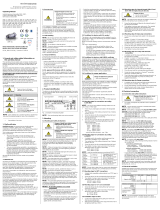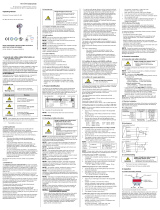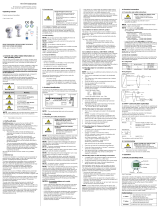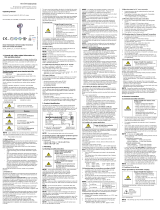
3
UK
2 Safety instructions
• The device described is a subcomponent for integration into a system.
- The manufacturer is responsible for the safety of the system.
- The system manufacturer undertakes to perform a risk assessment and to
create a documentation in accordance with legal and normative requirements
to be provided to the operator and user of the system. This documentation
must contain all necessary information and safety instructions for the operator,
the user and, if applicable, for any service personnel authorised by the
manufacturer of the system.
• Read this document before setting up the product and keep it during the entire
service life.
• The product must be suitable for the corresponding applications and
environmental conditions without any restrictions.
• Only use the product for its intended purpose (→ Functions and features).
• Only use the product for permissible media (→ Technical data).
• If the operating instructions or the technical data are not adhered to, personal
injury and/or damage to property may occur.
• The manufacturer assumes no liability or warranty for any consequences
caused by tampering with the product or incorrect use by the operator.
• Installation, set-up and maintenance of the product must be carried out by
personnel qualified and authorised for the respective activity.
• Protect units against damage.
3 Functions and features
The welding adapter allows the hygienic installation of sensors with
G½
hygienic
fitting in tanks or piping systems.
When mounted in restricted spaces:Adhere to the minimum distances as
indicated in the operating instructions of the sensor to avoid malfunction
and damage to the sensor.













